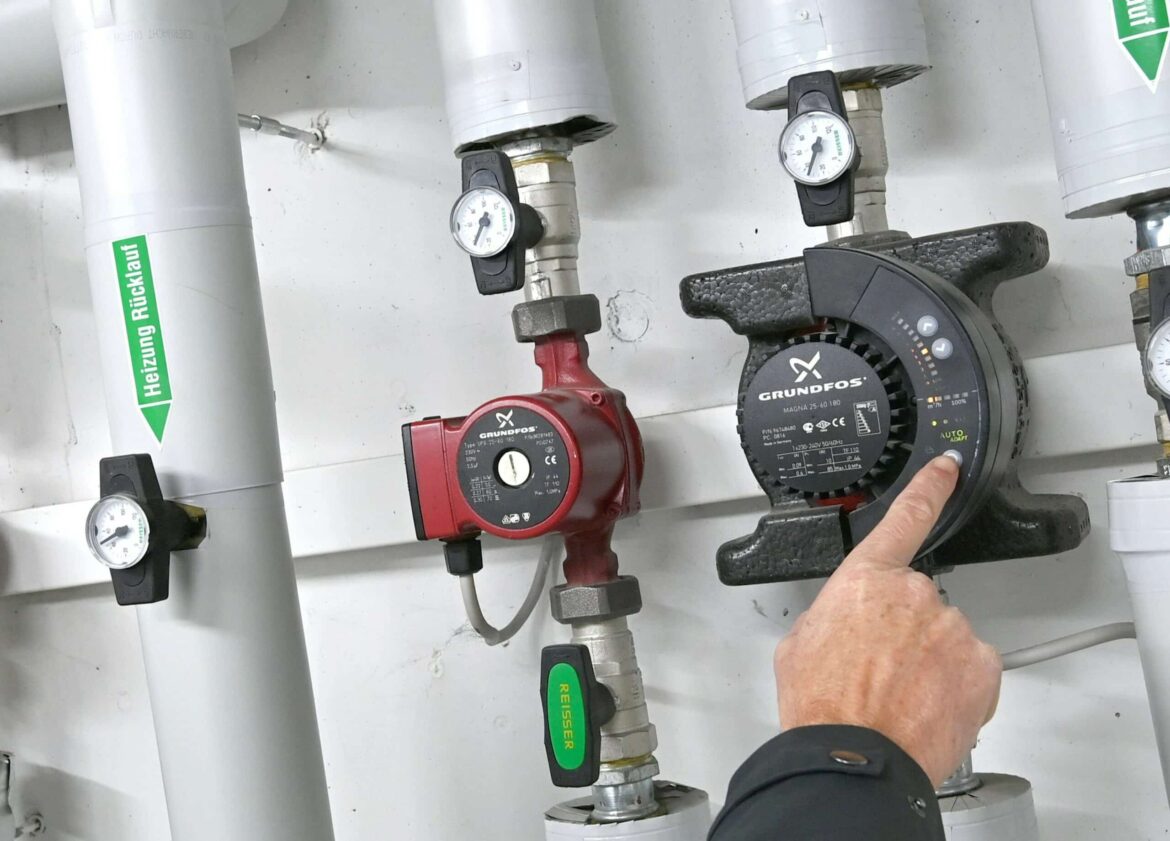1.1K
The electricity consumption of a gas heating system depends, among other things, on the area to be heated. But the year of construction of the house also plays a decisive role.
Gas heating: the newer the building, the lower the electricity consumption
Whoever heats with gas naturally also wants to know how much electricity he uses with it in the year and what costs are associated with it. The energy requirement and thus also the costs depend not only on the area to be heated, but also on the year of construction of the house. The older a house is, the less it is insulated. This increases the heat demand and thus also the gas consumption, including more costs.
- In our example, we consider a single-family house with a living area of 140 square metres. With a construction year of 1970 to 1980, the average energy consumption for heat generation is 35,000 kWh. This means that the annual heating costs with gas amount to about 4,130 euros. The guideline value for gas is 11.8 cents/kWh (price as of February 2023).
- If the year of construction is between 1980 and 1990, 22,750 kWh are consumed and the costs here are around 2,685 euros. If the year of construction is between 1990 and 2000, the annual consumption drops to 15,050 kWh and the costs thus to around 1,776 euros.
- If the year of construction is less than 2000, the consumption is 8,050 kWh. In this case, the annual gas costs amount to 950 euros. In the case of a KfW Efficiency House 70, it is 8,400 kWh and thus around 990 euros, and a passive house consumes only 2,100 kWh. In this case, the owner gets by with a gas bill of around 250 euros.
- For a flat with 70 square metres, this means an annual consumption of about 11,000 kWh. The costs here amount to an average of 1,300 euros.
Don’t burn up gas unnecessarily: regulate heating properly with thermostats
Gas costs are sometimes very high. That makes it all the more important to save as much gas as possible – and still not have to freeze.
- An important role in gas heating costs is played by regulation via the thermostats. This allows the desired temperature to be set. The “*” setting is used for frost protection, while turning it to “5” means full blast heating.
- It is important that you do not heat the room senselessly. It is best to set the thermostat to “3” and – if possible – close all doors in the room. This keeps the heat in the room. If you are not in the room for a longer period of time, you should switch off the heating.
- Caution: Avoid ventilating while heating. Here you are only heating outside and the precious and expensive warm air fizzles out in the cold. It is better to turn off the gas heating and air the room for a few minutes.
- More efficient are programmable thermostats, where individual usage profiles can be created. Here, the room temperature is determined via a temperature sensor. It is important that the sensor is not covered by furniture or curtains. This can falsify the measurement.
- If your gas heating is also used for hot water, the gas heating will usually remain in operation all year round. However, it may also be possible to set central heating systems as well as gas floor heating systems to summer operation (no heating, only hot water) and winter operation.
